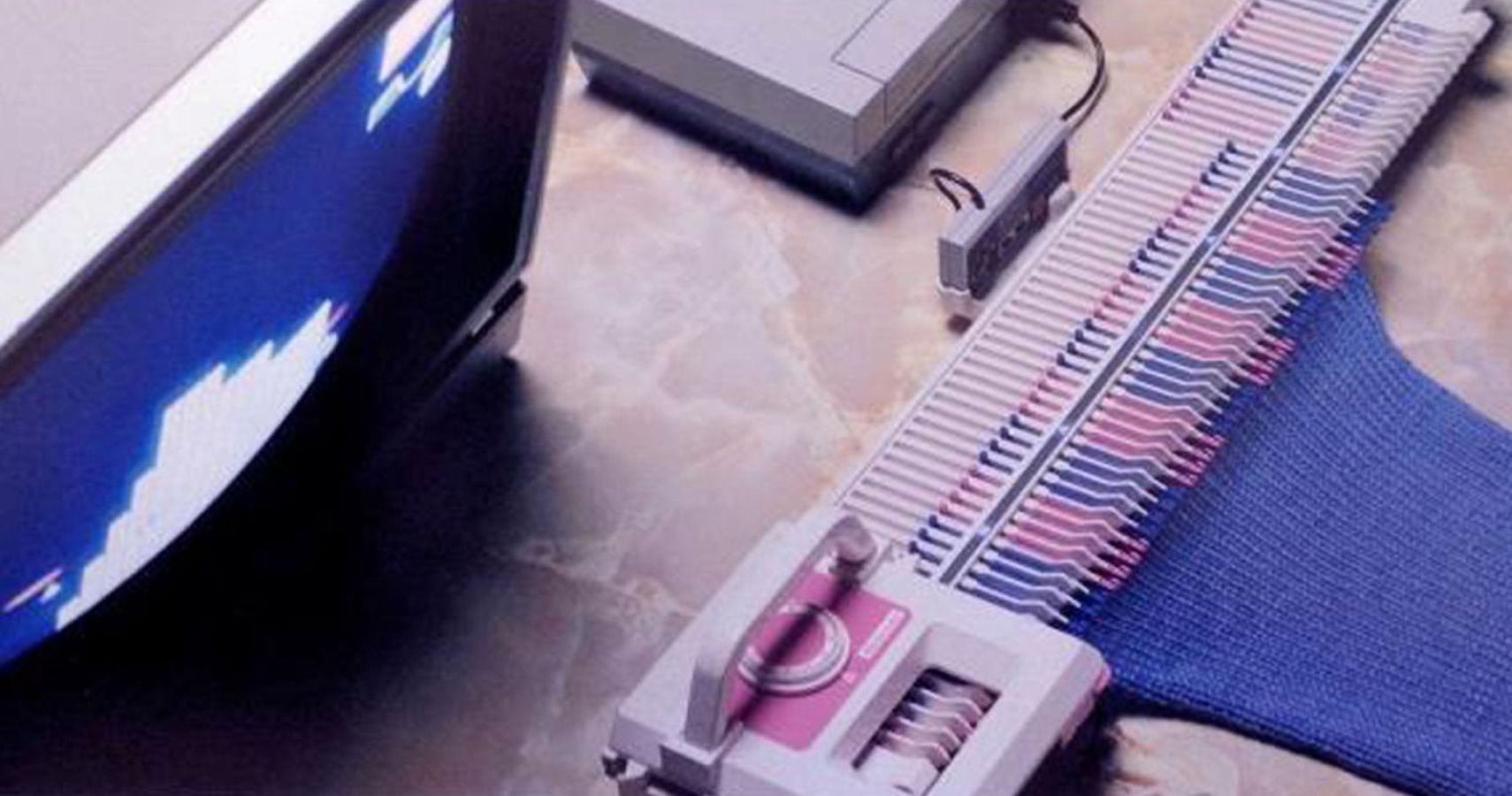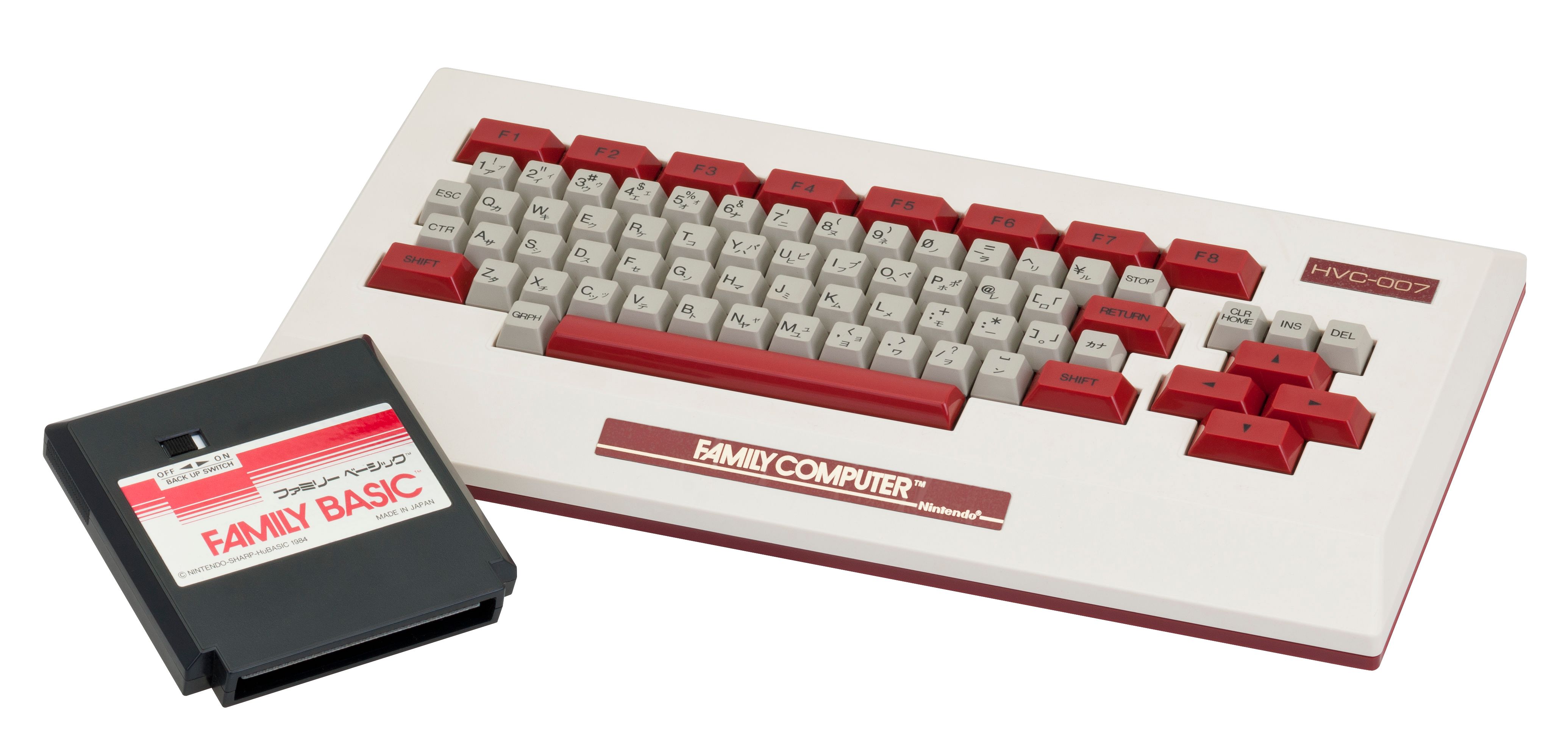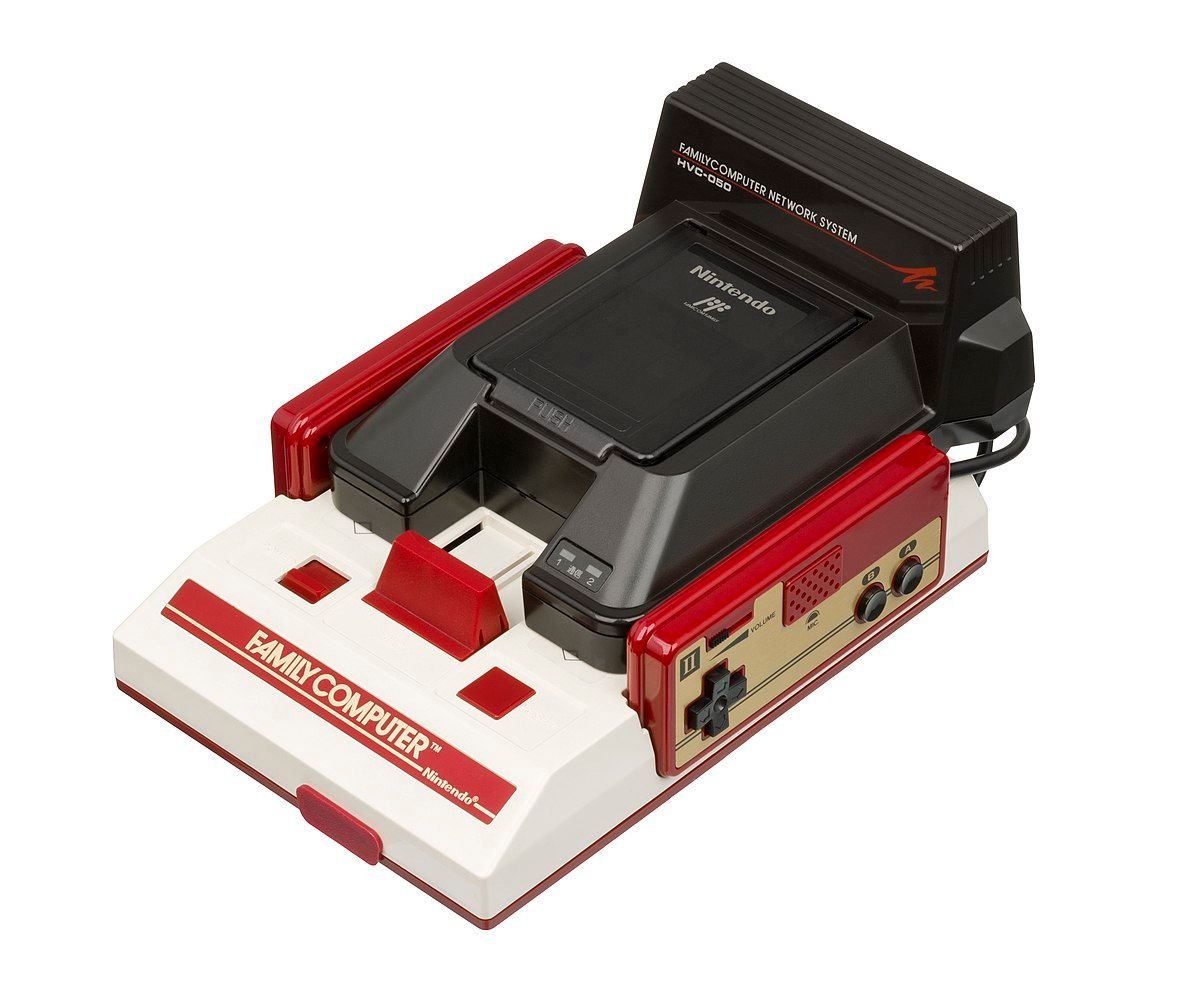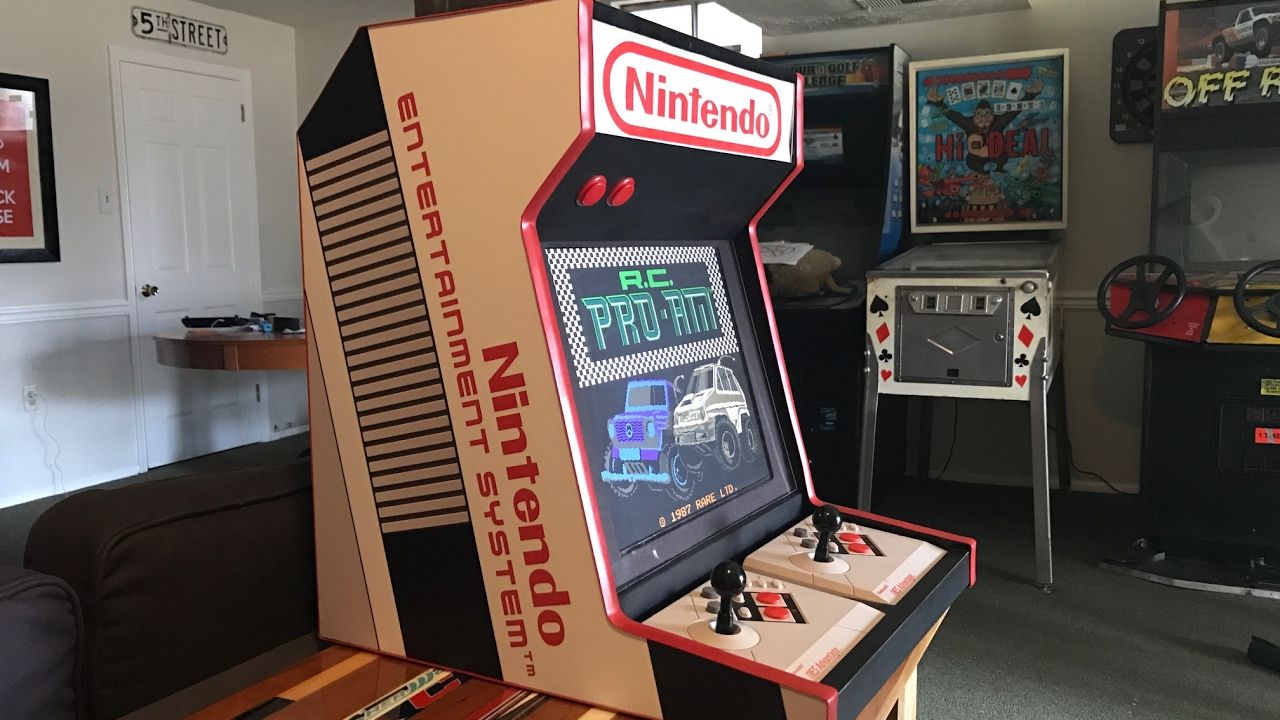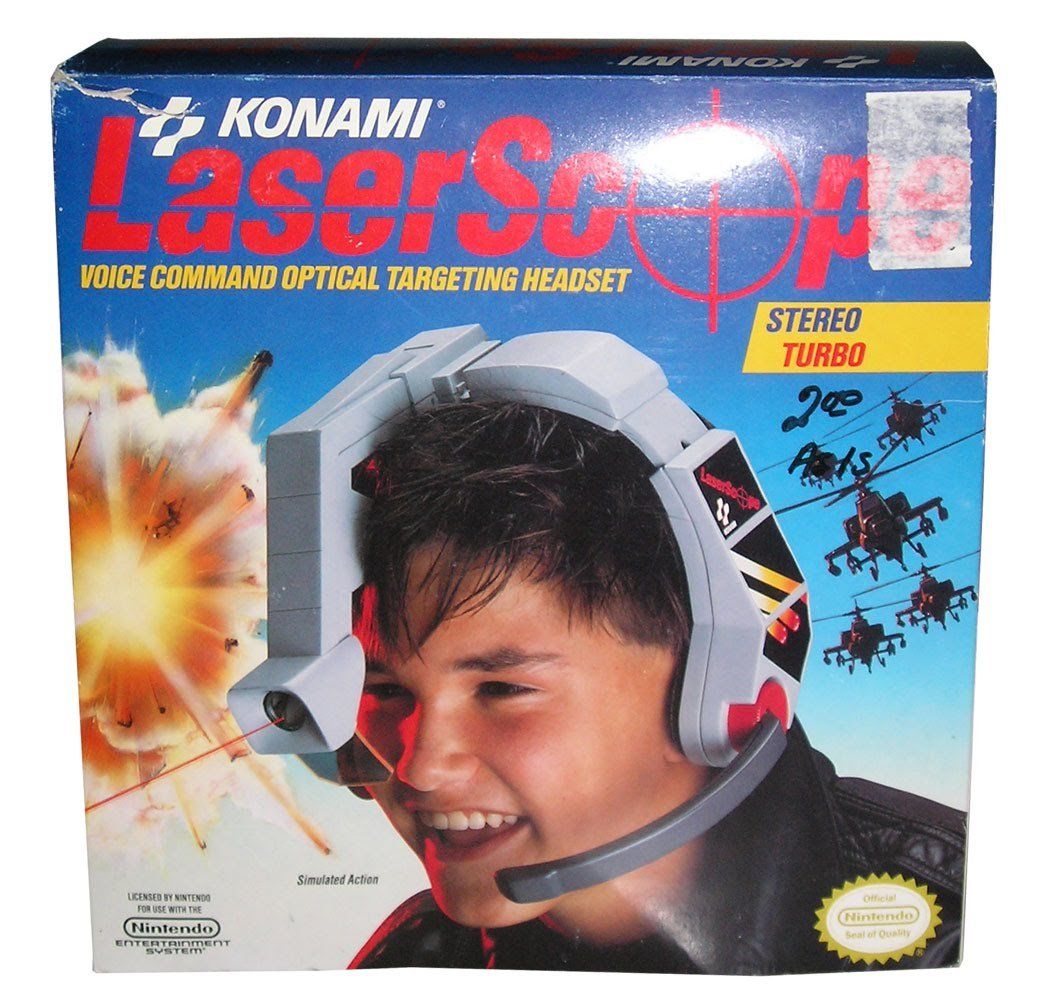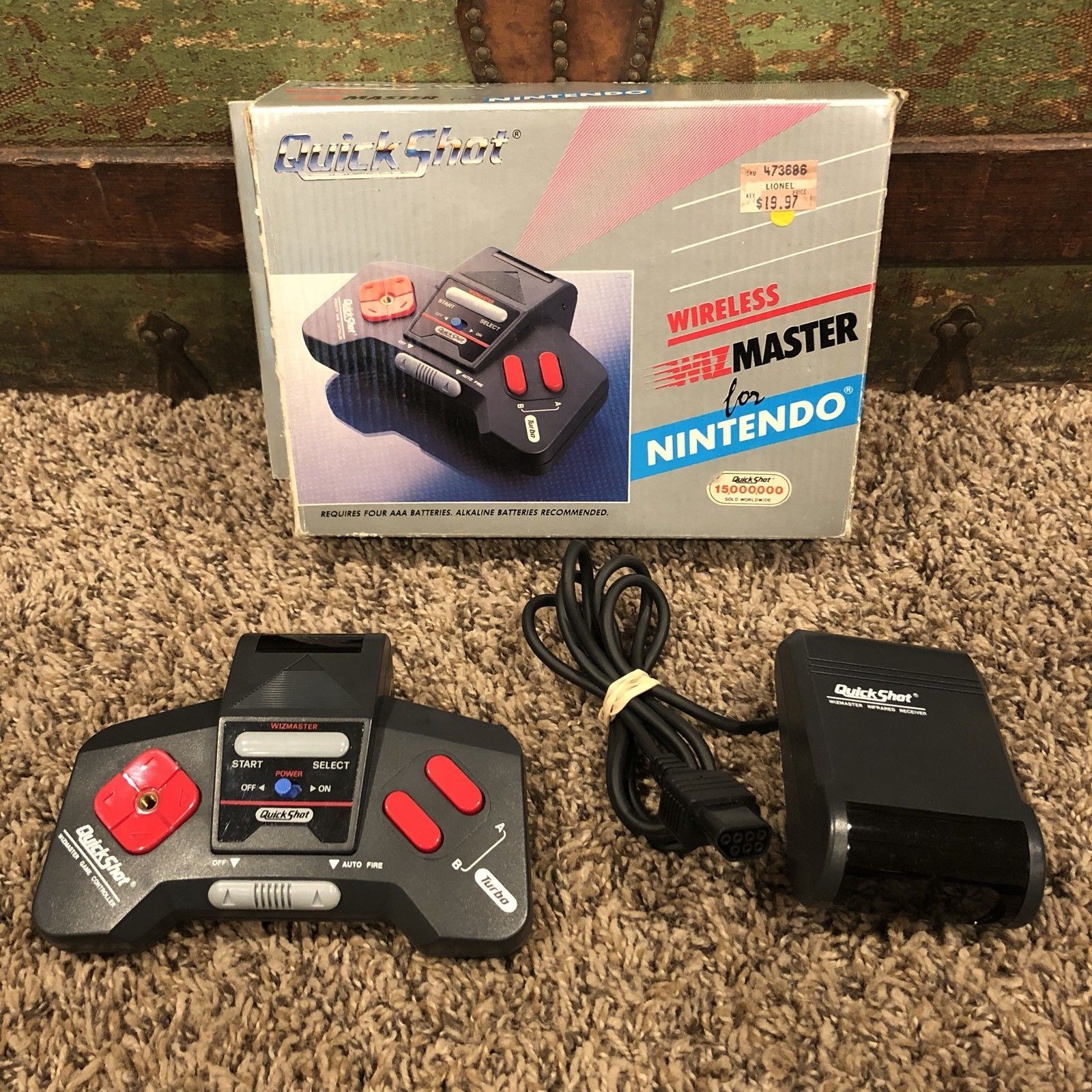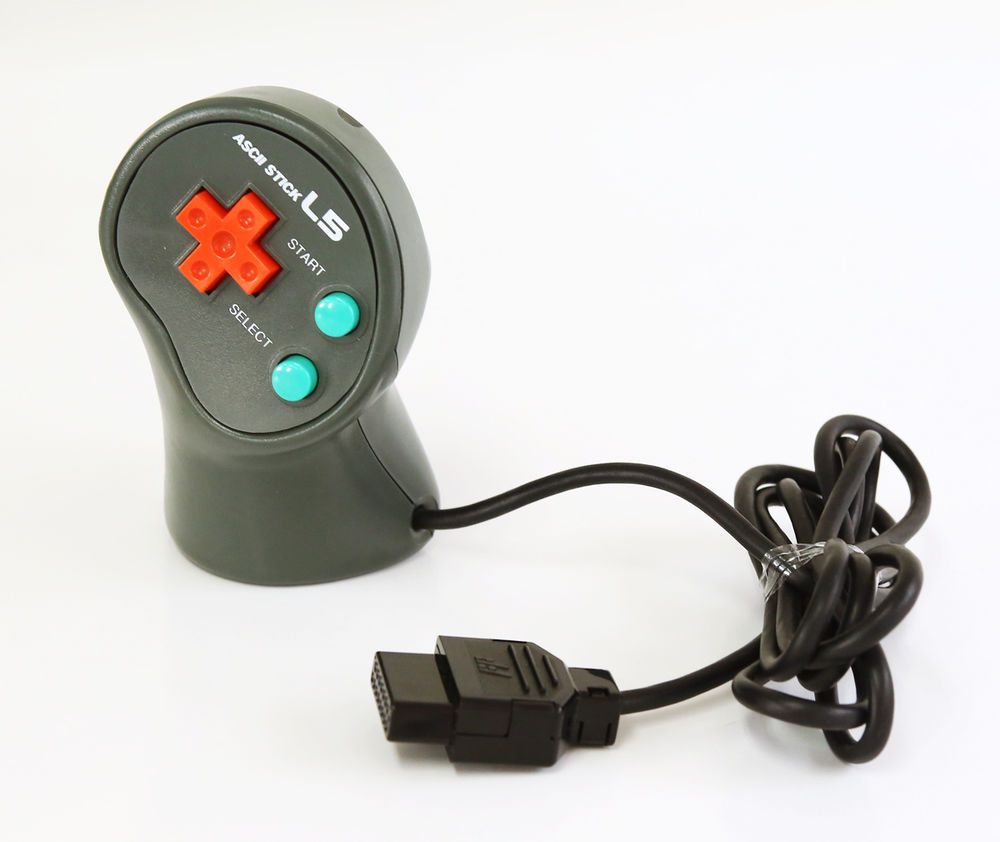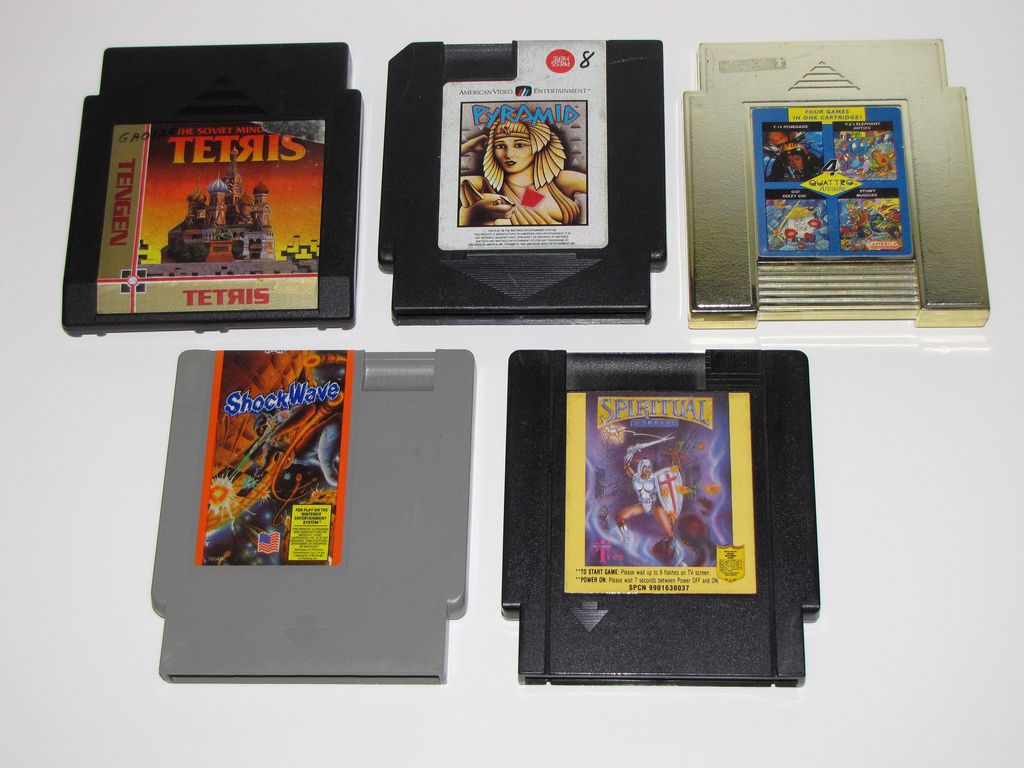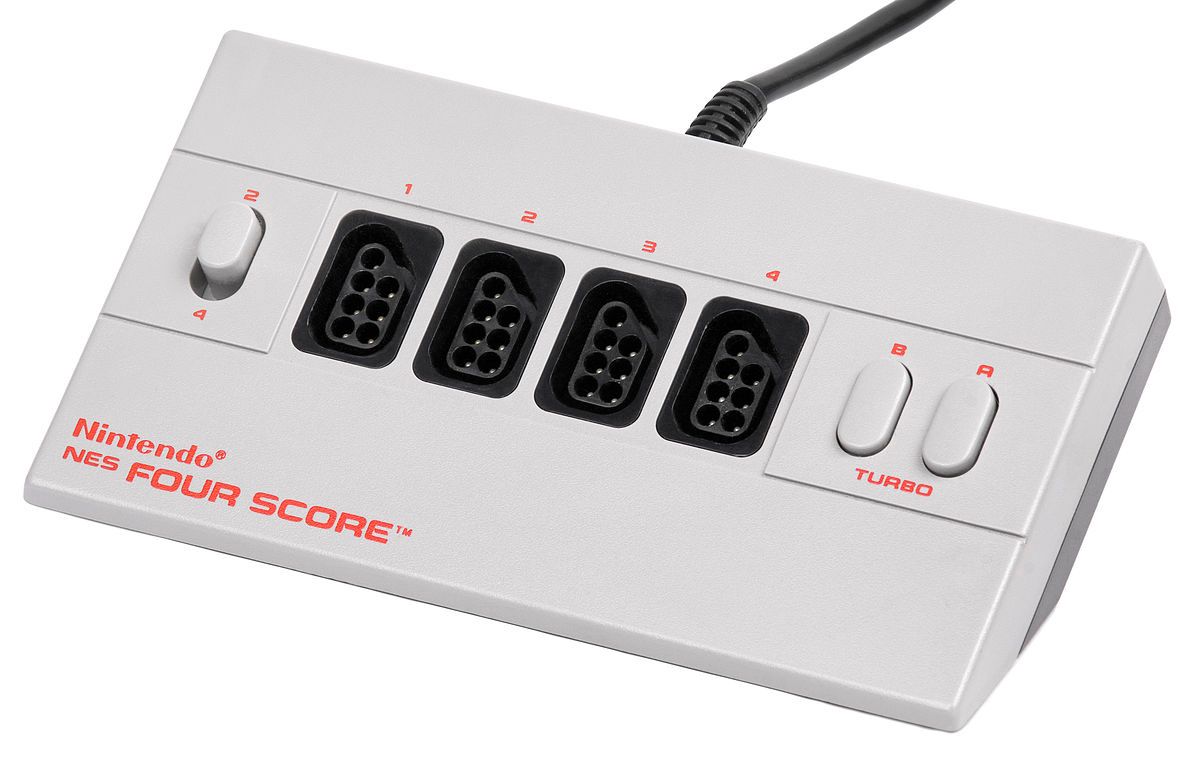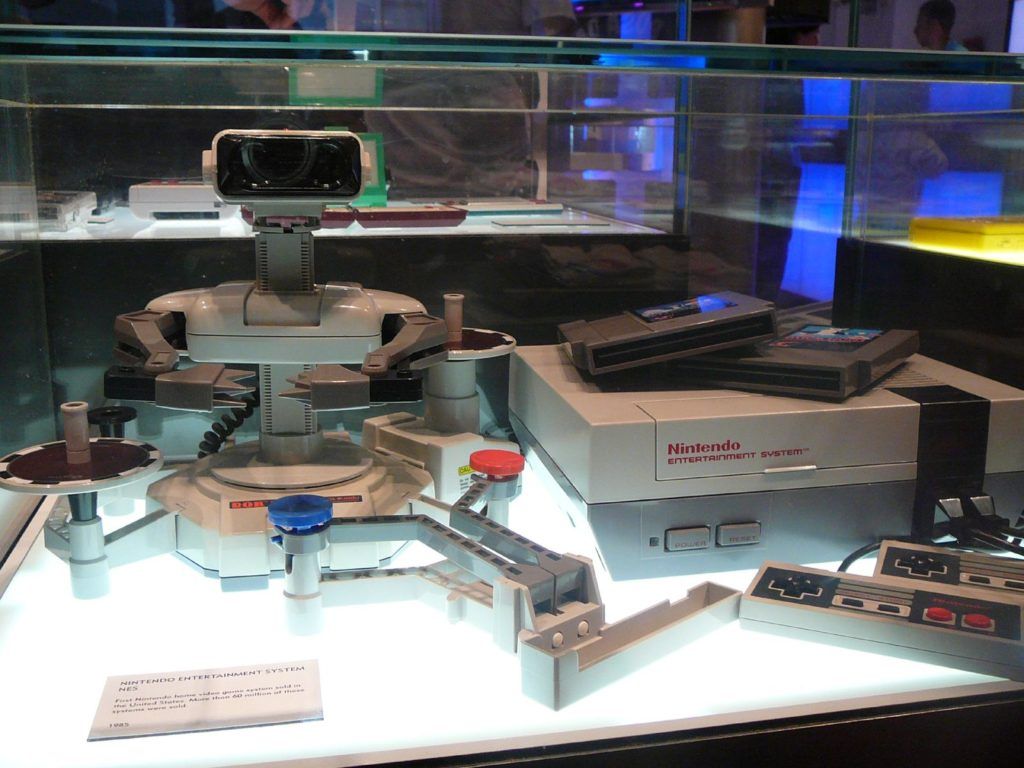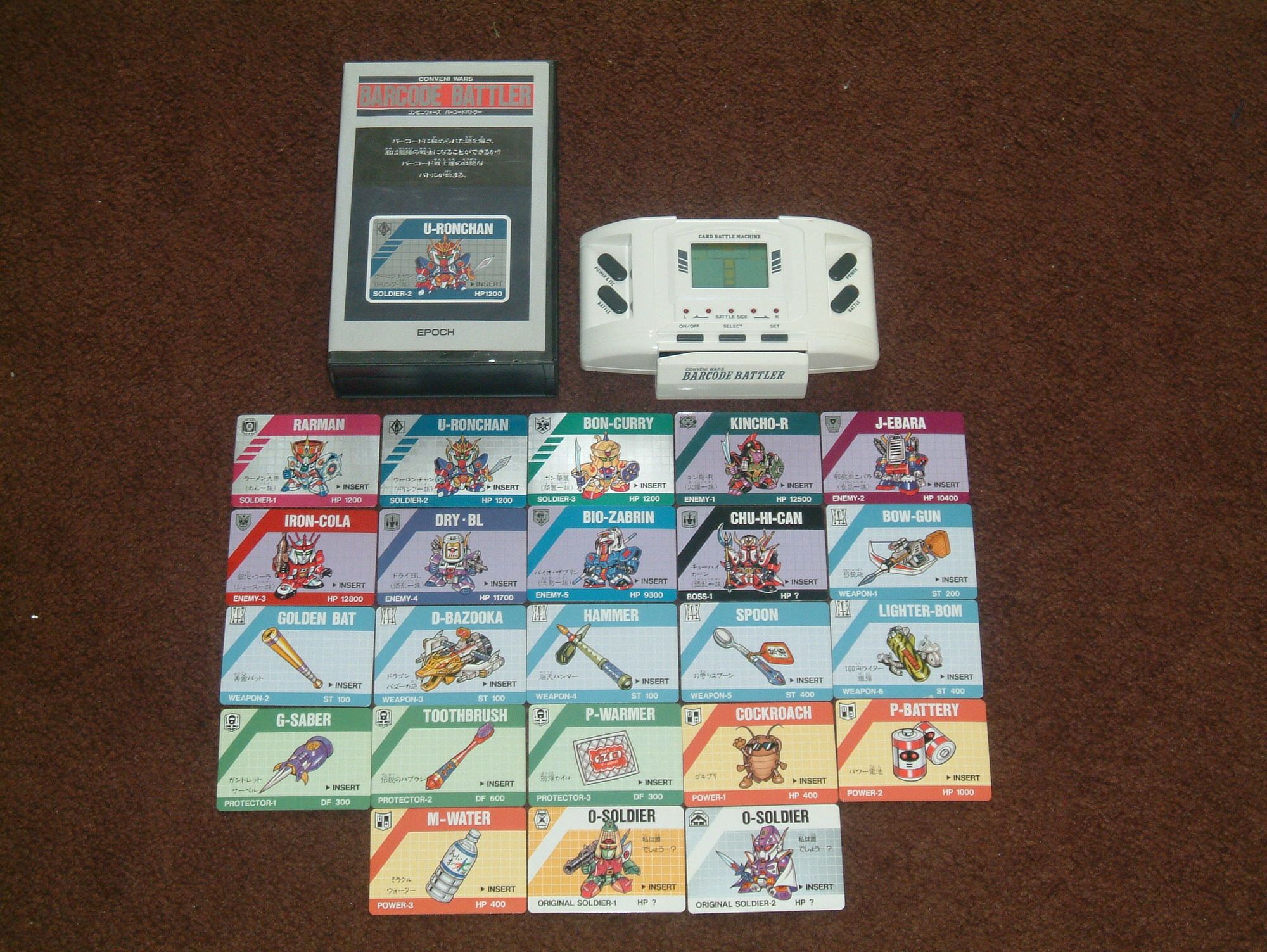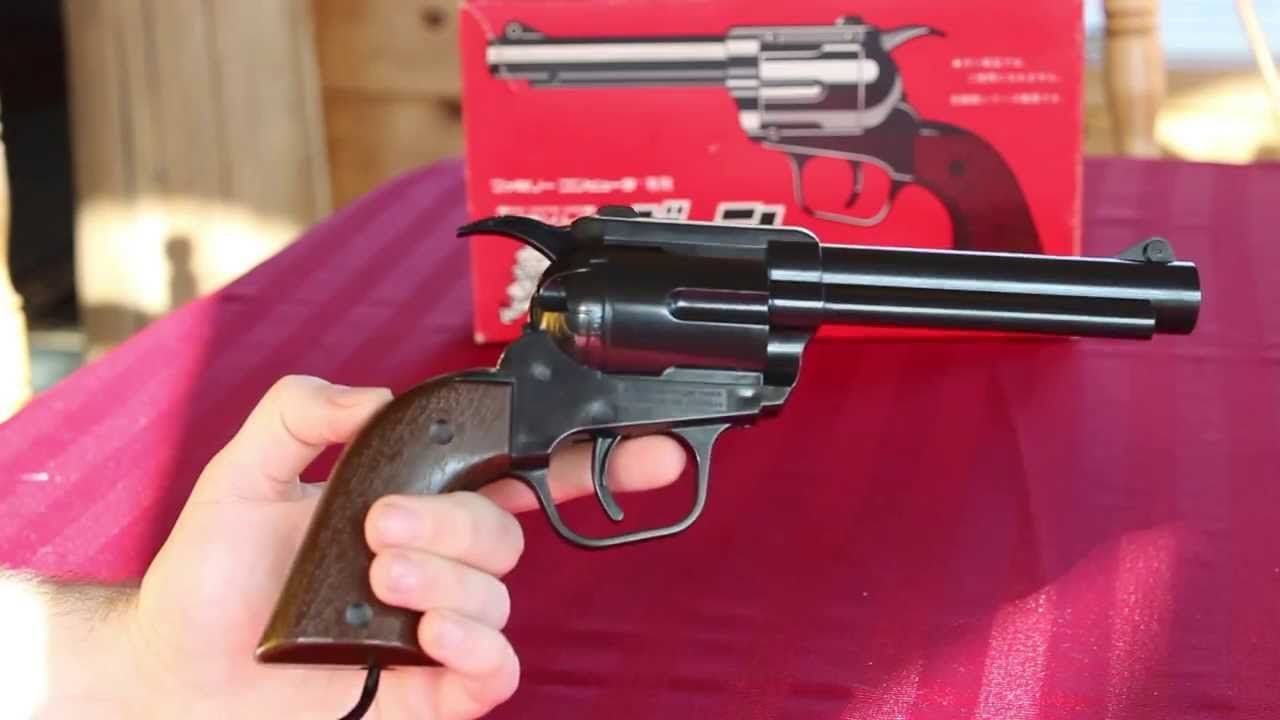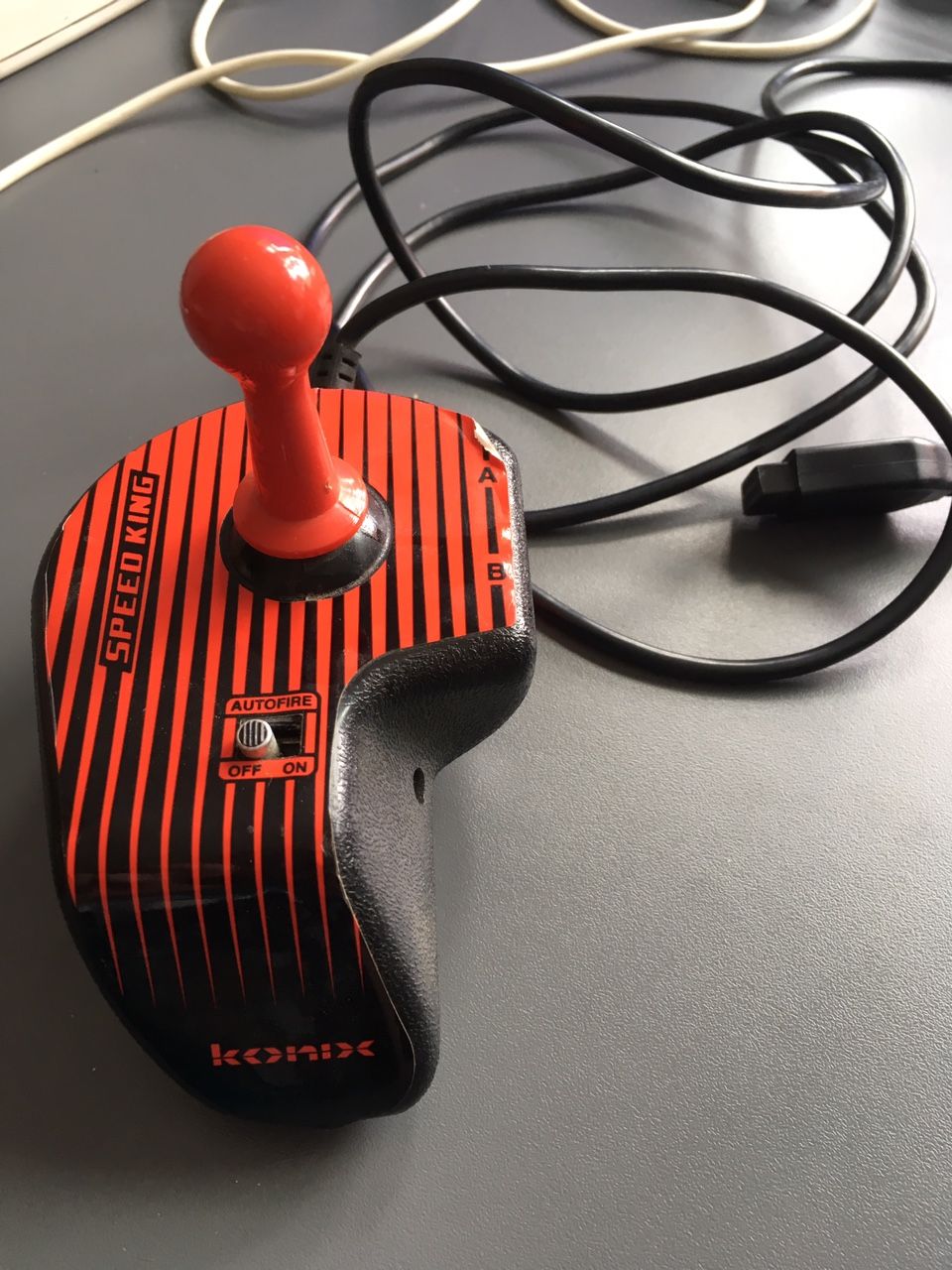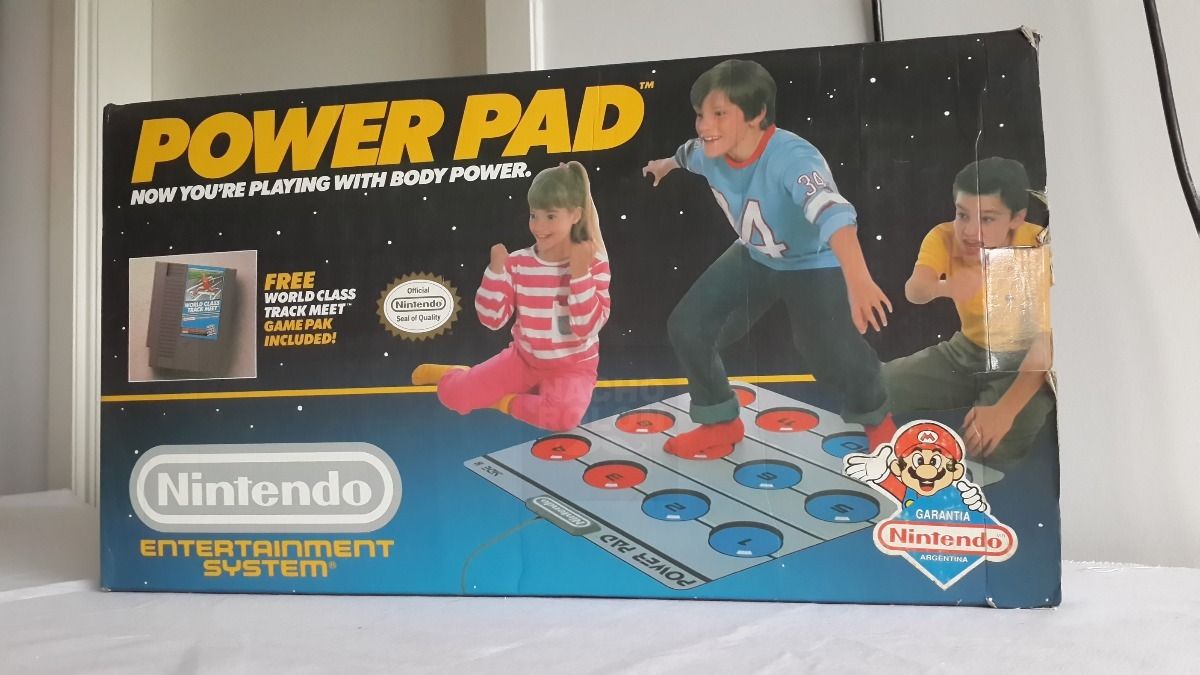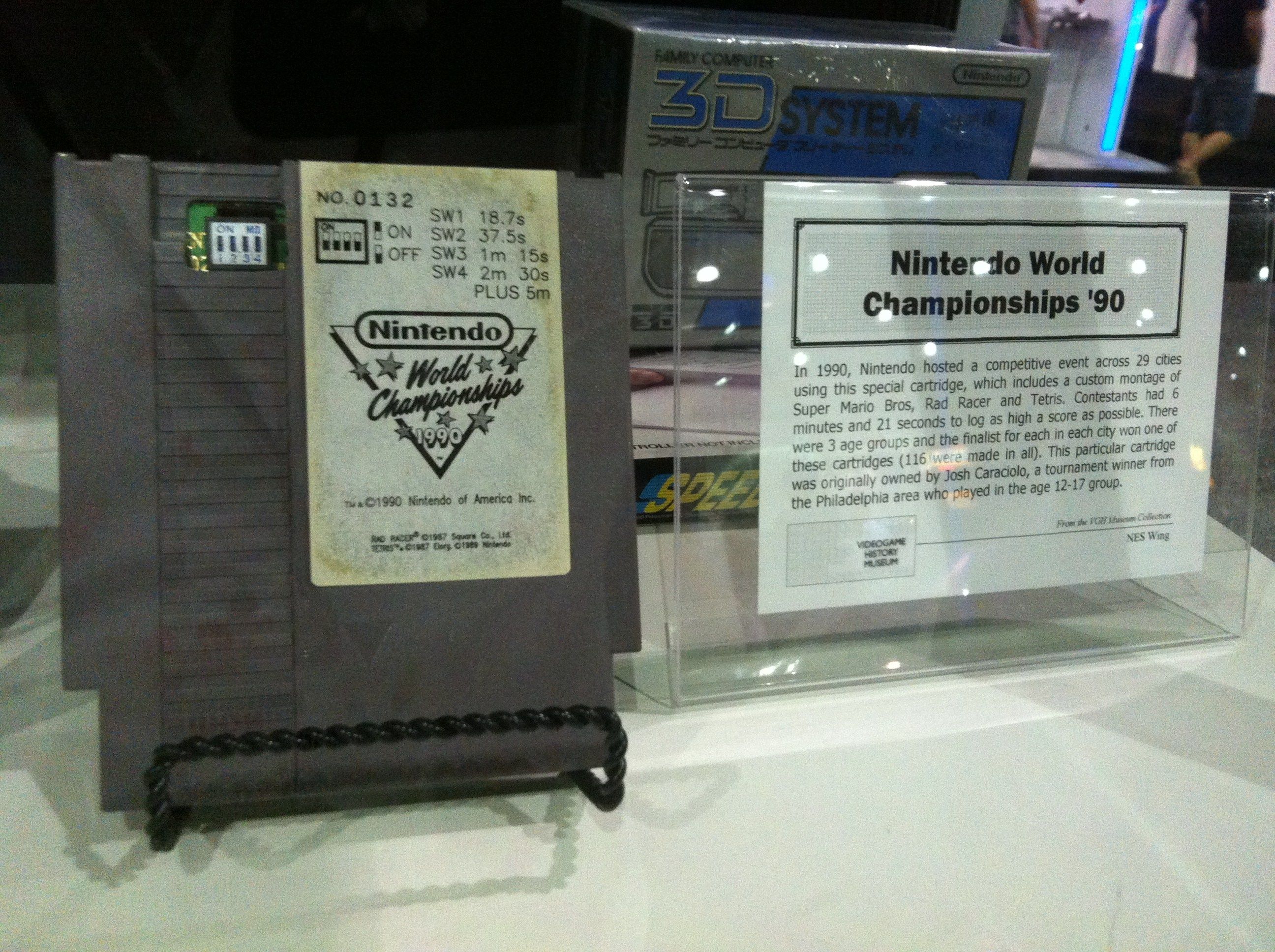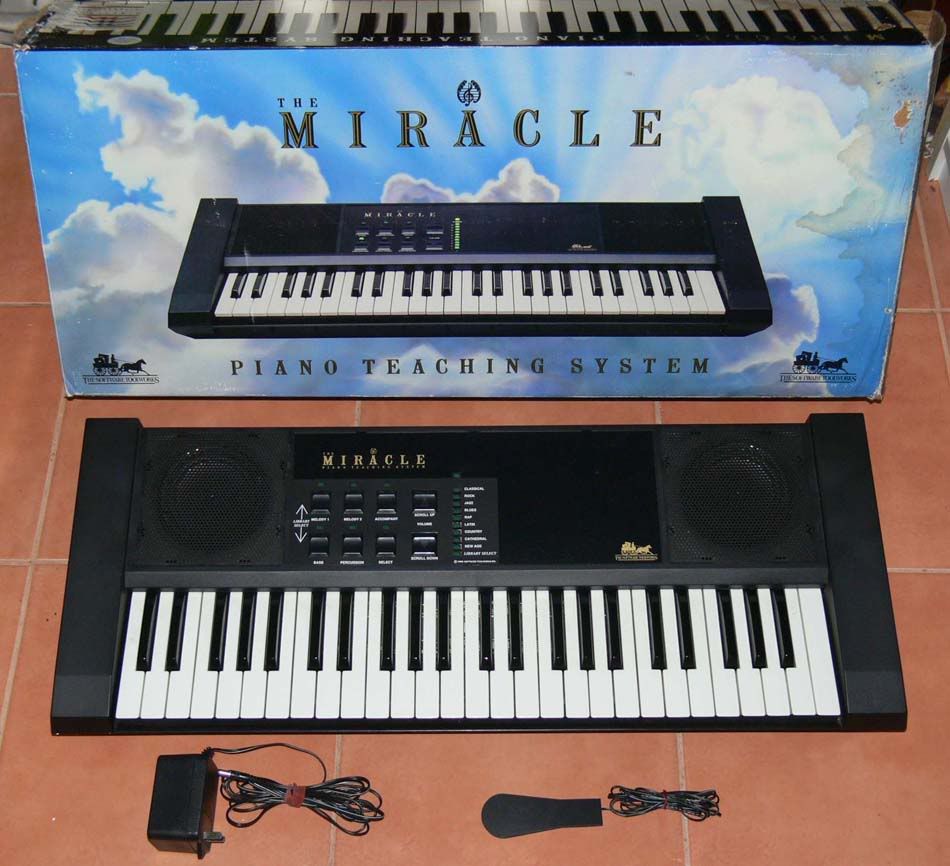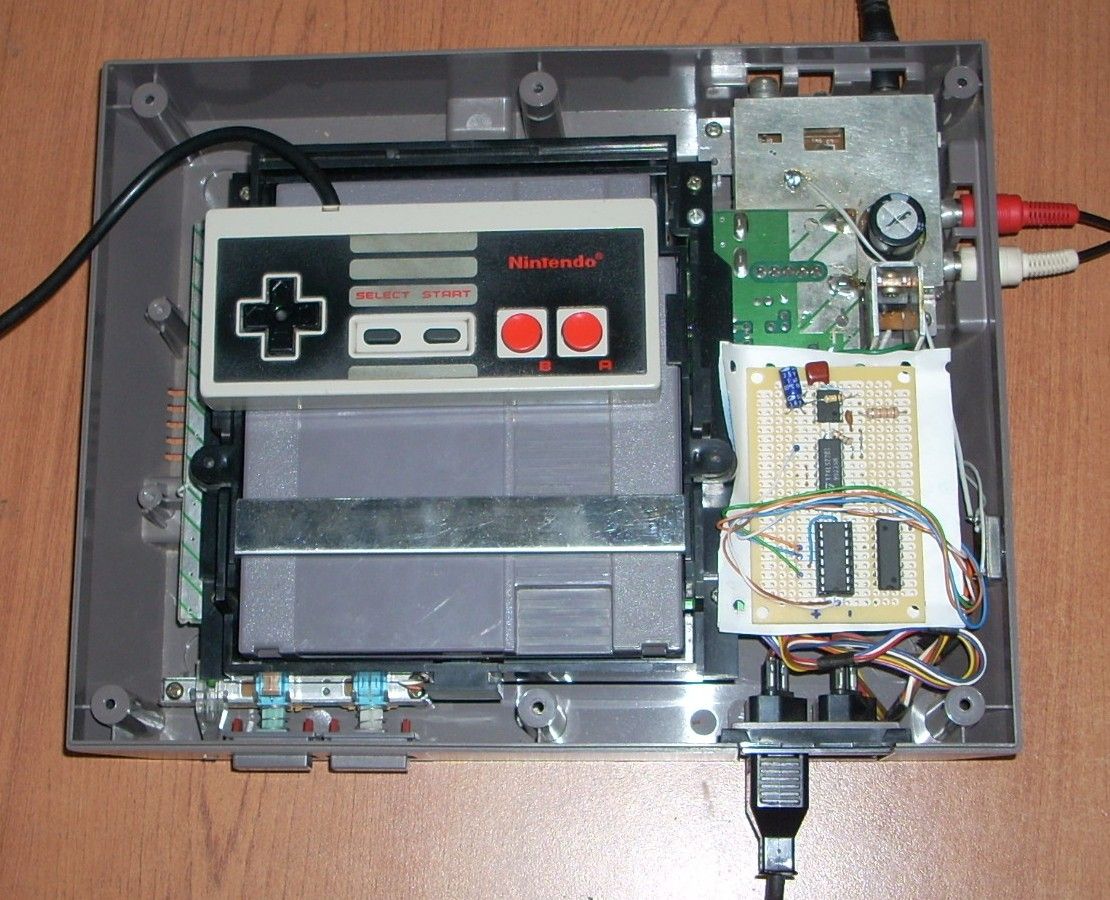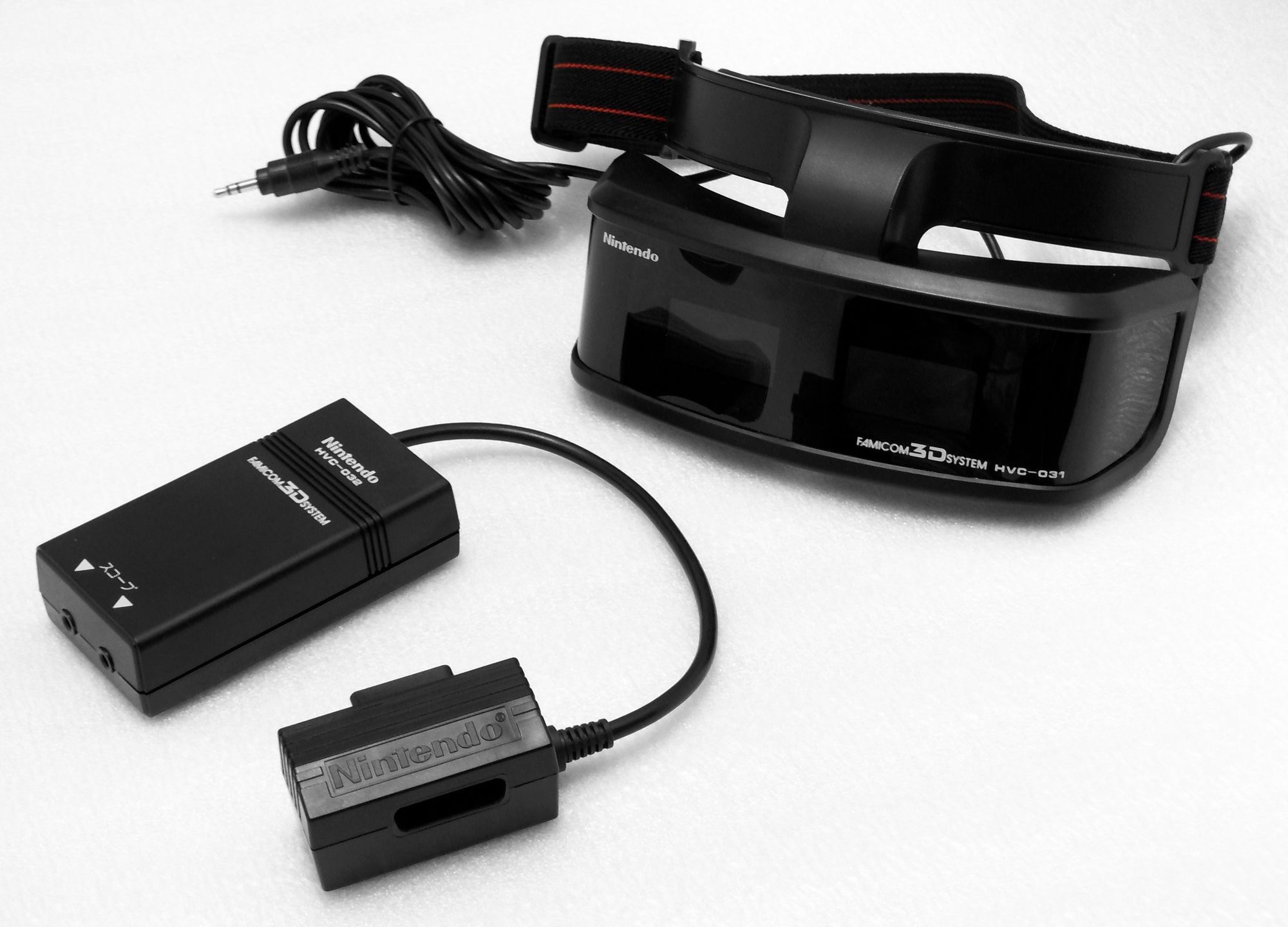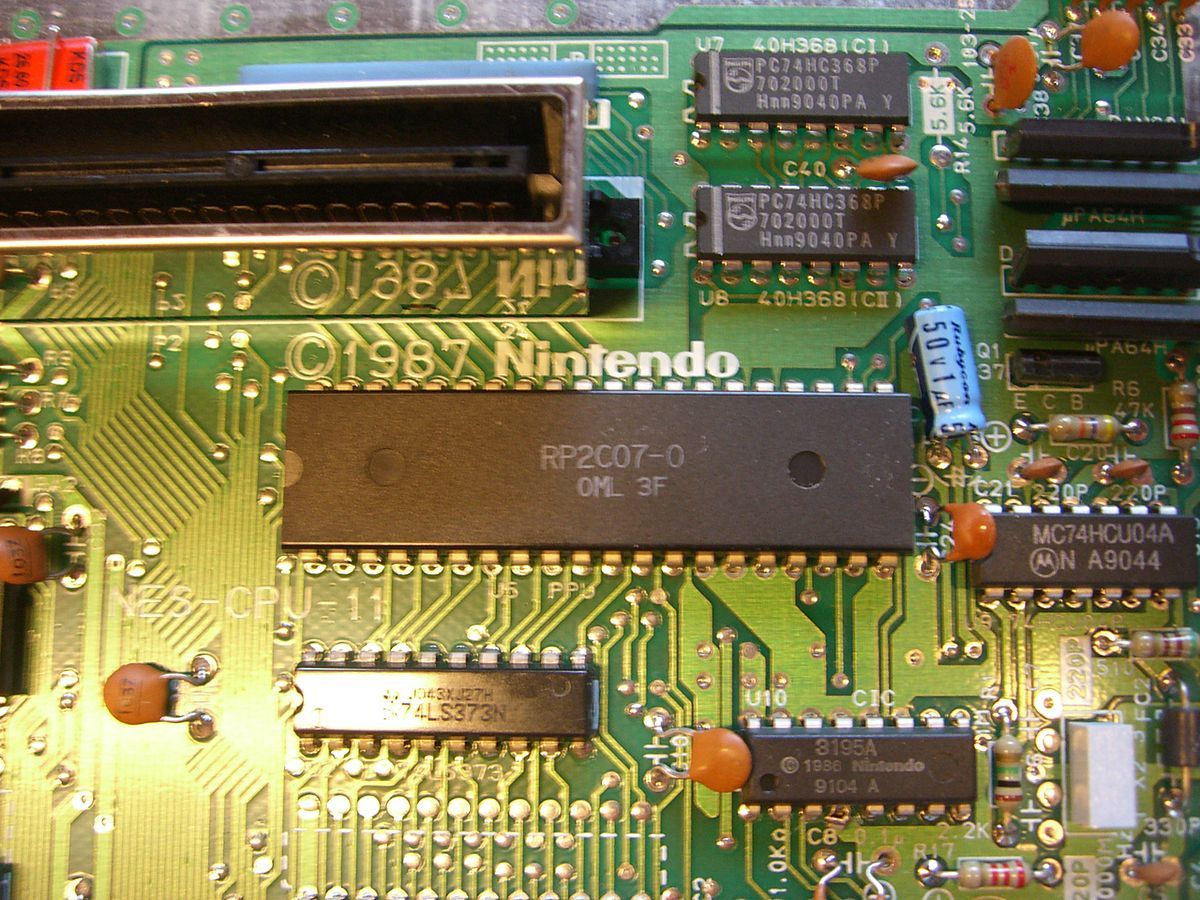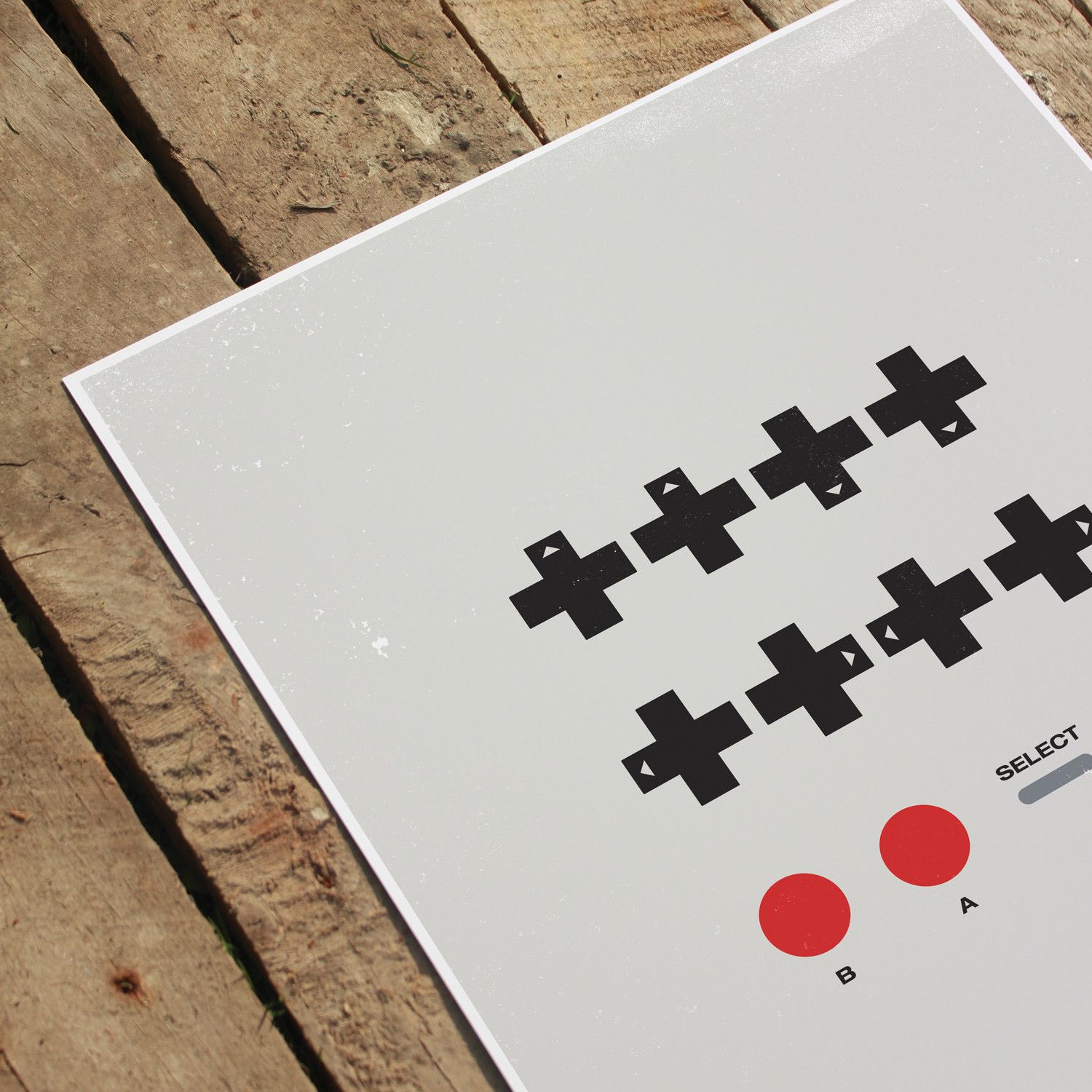Ask just about any gamer under 40 what they view as the most iconic gaming consoles of all time, and there's a great chance that the NES/Famicom sits somewhere near the top of the list. This simple grey box rose from the ashes of the Atari crash a few years before, setting the gaming world ablaze, and established its own set of rules, spearheaded by gaming pioneers, Nintendo. The path newly carved by the NES would be the trail from which a growing number of competitors would follow, and a revamped games industry would flourish for decades to come.
The NES provided an easy and convenient way to play, with its charmingly simple 8-bit graphics and stripped-down controller donning the newly conceived d-pad. The device clicked with kids and adults alike, with its innovation balanced with simplicity, along with its colorful gaming properties. Nintendo and its third parties managed to pump out a seemingly endless stream of diverse, memorable games, from the iconic platformer Super Mario Brothers and adventure game Zelda, to the grueling Contra, Double Dragon, and Metroid.
While the console is often remembered for its rather basic and stripped-down nature, it actually came with a surprisingly large array of features and functionalities. This is thanks to a large palette of add-ons, peripherals, and accessories; many of which include oddities that have been lost in the pages of gaming history.
This article will attempt to cover some of the most notable ones, along with other abilities and novelties about this revolutionary console that many may not have known.
25 Program On Your NES
It's weird to think of the original Nintendo as a hub for coding, but as it turns out, the Famicom did allow for such functionality, thanks to Sharp and Hudson Soft's Family BASIC.
A cassette tape drive had to be used to save and load user-created BASIC programs and games.
The bundle included a keyboard and application cartridge, which were used as a sort of archaic BASIC learning kit from which to code. It also included premade software components, like backgrounds and character sprites featured in Mario and Donkey Kong games, along with some premade games to play around with.
24 Connect To The (Primitive) Internet
These days, home consoles contain a complex and thriving online infrastructure, but in the '80s, the internet was barely even used in the average household, let alone with video game consoles. Believe it or not, the NES did, in fact, have a way in which to play games with friends over the internet.
Yes, online NES gaming existed before ROMs and the Switch's online service... Though only a few games were ever made for the device.
This project was in fact spearheaded by one of the godfathers of gaming, Nolan Bushnell, and was meant to not only connect gamers from around the globe but even enable cross-play between the NES and Genesis. Though, as Bushnell dropped out of the project, and Nintendo refused to license the device, it never got off the ground.
23 Play Your Games Arcade Style
This may seem like an odd choice in control methods nowadays, but in the mid-80s, it was the NES-style controller and its d-pad that were relatively new concepts for gamers. Typically, it was all about keyboard and mouse setups, along with big, arcade-style joysticks and buttons. This is where the NES Advantage came in, with its arcade-like layout.
Looking through the lens of the era, the 1987 NES Advantage and its big clunky design suddenly make more sense.
The device has largely gone the way of the dinosaur along with R.O.B. The Robot and other more obscure NES accessories. Yet, it is still favorable to arcade enthusiasts and proves a good control method for brawlers like Double Dragon.
22 Take Down Enemy Ships With Your Voice
It's odd to discover that such a seemingly archaic console and its simple controller came with so many weird, often ground-breaking accessories, even if they didn't always work that well. A prime example is the Laser Scope, a sort of voice-controlled light gun that was mounted on the head of the player.
The Laser Scope was designed for the shooter Laser Invasion but is compatible with other games that use the Zapper.
You essentially looked through a small eyepiece, aiming your reticle on screen by moving your head. Shouting "fire" would (sometimes) translate to shots on screen. This made for a fun and intuitive new way to play, but also likely annoyed many parents out there.
21 Play With A Wireless Controller
Everybody remembers the Gamecube's Wavebird, the Xbox 360, and the PS3 as devices that ushered in wireless controllers for more convenient, less cluttered gaming. Yet, even back in the 80s, there were means to play wirelessly, though the setup and performance were a degree shakier.
Yes, even the ancient NES had the means to do this.
You still had to deal with wires in one form or another - thanks to the clunky adapter you plugged into the controller port. Though, the controller itself was free of its wired-shackles. You just had to deal with occasional interference, along with the weird design of this WizMaster controller.
20 Or Play One-Handed
The NES controller is great and all, but what if you wanted to game with one hand? Say you wished to multitask by playing games with a drink or a sandwich in one hand? No worries, Nintendo's got you covered, at least if you were playing on a Japanese Famicom.
A long-lost prototype for the Wiimote?
With how few buttons the NES controller has, you could execute all required in-game functions by holding the knob-shaped controller with either your right or left hand. You simply press the d-pad and start/select buttons with your thumb, while the A and B buttons were positioned as triggers on the back for your fingers.
19 Play Unlicensed Games
By the time the Super NES rolled around, Nintendo had essentially locked down the security of their devices. Though, while the NES contained a lockout chip, it was rather easy for third-party developers to override it via software and hardware trickery.
Many unlicensed games would send a voltage pulse to the lockout chip to disable it, which resulted in unlicensed carts overheating if played too long.
As a result, a number of unlicensed games were released – many of which proven to be odd, obscure, or lacking in quality since they were able to dodge the big N's quality control standards to get their games released. Developer Tengen was one of the most notable perpetrators of cranking out this unlicensed software for the NES.
18 Play With Four Players
Nope, technically it wasn't the N64 that kicked off the era of 4 player gaming. In fact, Nintendo was at least dipping their toes in the idea a decade earlier. This handy gadget, the Four Score, allowed you to kick back and enjoy some 8-bit gaming awesomeness with 3 other friends rather than just one.
Unfortunately, there are only a select few games that utilize this add-on, but there are some notable ones, particularly in the sports genre. These include NES Play Action Football, Nightmare On Elm Street, World Cup Soccer, Super Spike, and RC-Pro Am II.
17 Knit With Power
You just can't make this stuff up... Believe it or not, Nintendo was entertaining the possibility of a knitting accessory for the NES. Although this obscure sweater-making gadget never saw the light of day, the company had in fact been in the developing stage of it.
Nintendo was considering the tagline "Now you're knitting with power."
Former Nintendo "Game Master" President Howard Phillips even validated this by sharing an advertisement on his Facebook page, in the form of an old brochure that provided a visual teaser and brief description of the device. Apparently, interacting with elements on screen would translate to the machine actually knitting sweaters.
16 Functionality With A Toy Robot
Not many people think of the NES as a "toy," but in fact, this is partly how Nintendo was trying to brand this thing, in order to navigate a treacherous gaming market recently decimated by the Atari crash. Western consumers and retailers were wary to give video games another shot.
Nintendo's solution? Disguise the NES with toy-like accessories. Enter R.O.B. The Robot, a device that resembled a child's plaything more than a video game. It was only compatible with a couple games, Gyromite and Stack-Up, but came with the neat ability to interact and correlate moves directly with the action on CRT screens.
15 Scan And Play With Cards
I suppose you could call this the Grandfather of the Amiibo or Nintendo e-Reader. It acted as a sort of primitive way to register information directly to your console via outside sources. This came in the form of cards, which included items, weapons, and colorful creatures.
There were various themed decks released, the most notable being a Zelda deck, which the user scanned into the device. Cards would translate onto a Famicom game called Barcode World, but could also be played on the handheld screen as a sort of primitive RPG battle game containing jumbles of various stats.
14 Hunt Virtual Ducks With a More Realistic Looking Light Gun
Many of even the most casual fans of the NES probably have heard of the Zapper; a light gun that tends to resemble a laser gun from an 80s sci-fi, but Japan's Famicom came with their own, slightly more intense version.
Releasing this in the US would have likely made for some angry parents.
The light gun of choice in the land of the rising sun took on a far more gritty and realistic appearance, with its revolver-like design, its black body, and wood-grain handle. Since Nintendo prides themselves on appealing to children, it's no surprise that at least for a Western audience, they opted for the more kid-friendly Zapper.
13 Slow Things Down With The Speedking Controller
If anything, the few gamers that have heard of this funky looking gadget probably associate it with the Sega Master System, as it was originally released for that console. Though an NES version was eventually released, joining the ranks in a sea of obscure Nintendo accessories.
This thing was designed not unlike an Atari-style controller with its side triggers and large joystick. With this device, you could initiate a slow-motion mode for those particularly frantic games, and also flick a switch for a sort of turbo auto-fire function.
12 Control Games With Your Feet
Before Dance Dance Revolution or the Wii Balance Board, there was the Power Pad. This Bandai-developed controller was essentially a mat which you spread across your floor. It contained several buttons and sensors which you scrambled to hop around as a more physical way to control your games. Like so many NES accessories, few games took advantage of the device, with the most notable being World Class Track Meet, Dance Aerobics, and Street Cop. As you'd imagine, these games involve plenty of hopping and running.
11 Home To One Of The Rarest And Most Valuable Games Ever
Apparently, the NES didn't just play games, but in the case of Nintendo World Championships, it played an event. Game collectors might be surprised when looking at the absurd value of this cartridge, as it has sold for upwards of $15,000! Why is this? Well, believe it or not, it isn't the exciting sports gameplay, but rather, because it's one of the rarest games in existence.
Only 116 legitimate cartridges of Nintendo World Championships exist - 90 grey, and 26 gold.
The cart was never even released to the public, but rather, was specifically made for a 1990 event in which gamers partook in gaming competitions that could net them winnings in the thousands of dollars. The few carts in existence were handed out to the winners.
10 Play The Piano
I suppose if the NES could come with a keyboard, barcode reader, and knitting machine peripheral, why not a piano? This device, called the Miracle Piano, was a clever way to teach kids how to play the piano while sprucing up the dullness of educational content with game-like entertainment.
This kit came with software that provided basic lessons and virtual sheet music which you could interact with and play a variety of music genres. Though it also came with more traditional games that involved hitting certain keys at the right times, like Robo Man.
9 Withstand Seemingly Anything With Its Tank-Like Durability
Nintendo hardware has a great reputation when it comes to durability, lifespan, and overall reliability. Though NES is perhaps one of the greatest examples of this tank-like durability since many report their old machines to still be (mostly) functional. I even hold my own evidence, as my console is nearly 30 years old and still works (admittedly after a bit of cleaning, and banging on the top of the machine). In addition to its absurd longevity, overall failure rates of the NES were reported to be around a mere 1%. Take note, original Xbox 360...
8 Play In 3D
3D is all the rage in gaming these days – whether it be 3D motion control, VR, or 3DS-style stereoscopic graphics. But even in the '80s, Nintendo was dipping their toes in the exciting and uncharted domain of 3D graphics, in a quest to make games more immersive.
A peripheral called the Family Computer 3D System was released exclusively in Japan, which was only compatible with a handful of games. These titles included Rad Racer and Cosmic Epsilon and used red and green hues to give the appearance of 3D. This device was strapped onto the head and acted as sort of a glorified version of those red and blue 3D glasses.
7 Utilized A Rare Microchip That Benefited Both The Console And The Company
It may seem inconsequential that the Nintendo Entertainment System utilized a rare, specialized 8-bit microprocessor, but the story behind it certainly invokes some intrigue. An electronics company known as Ricoh – at the time known for their printers and fax machines – was the only company able to fulfill Nintendo's requests in terms of specifications of the chip they were looking for. Most notably, this union between the companies led to Nintendo's ex-President, Satoru Iwata, to make the move from Ricoh to the Big N.
6 Home To One Of The Most Iconic Codes In Gaming
Ah yes, the '80s... It was a simpler time, not just in terms of gaming, but even the codes that gamers used to get a leg up in their favorite games. When it came to the NES in particular, games were often very grueling, maddening experiences.
Enter the Konami Code – "up, up, down, down, left, right, left, right, b, a, start" – a now iconic series of simple button taps used in various games
Though the code is perhaps most known for its usefulness in Contra, it was also implemented in various TMNT and Castlevania games. The code typically grants the players extra lives, but some games trigger other features and easter eggs, like unlockable tunes and stage select screens.

